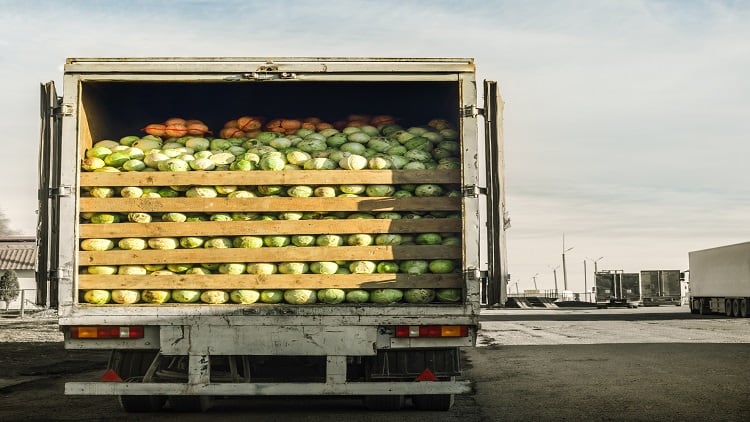A total of 840 consumers from Beijing, Shanghai, Guangzhou and Chengdu took part in the study. The findings showed that these consumers preferred chilled, packaged and locally produced pork.
The preference for frozen pork was consistently low across all four cities, with the number of consumers for frozen meat hovering at 8% to 11%. The preference for frozen meat is highest in Beijing (11%), followed by Guangzhou and Chengdu at 9%, and Shanghai (8%).
In contrast, hot pork was highly preferred, especially in Guangzhou and Chengdu, with 61% and 57% of consumers preferring hot pork respectively. This is followed by Shanghai (45%) and Beijing (29%).
This is because consumers believe that imported pork is “less fresh and had inferior taste and texture” due to the long transportation period involved.
However, after consumers were informed that 1) chilled and frozen meat are safer for consumption as refrigeration helps prohibit bacteria reproduction and 2) hot pork is vulnerable to bacteria and cross contamination due to the absence of refrigeration, they were more willing to pay for frozen pork.
For instance, consumers discounted the frozen pork relative to the hot pork by −16.38 yuan /jin before scientific information was given. The price difference reduced to 4.8 yuan /jin after scientific information was given.
Consumers also valued the chilled pork more, with a willingness-to-pay (WTP) premium of 17.31 yuan/jin over hot pork after scientific information is given.
“When scientific information about meat preservation methods was introduced, a significantly positive effect could be observed on their preferences and on the willingness-to-pay for frozen meat, chilled meat, and imported meat,” the researchers said.
“The provided information indicating hot meat is most vulnerable for pathogen caused safety problems has an effect on consumers' preference.”
“This suggests that using science-based information to educate consumers can increase the economic value of pork.”
Local Vs Imported
After receiving information on benefits of chilled and frozen pork, researchers found that Chinese consumers have a 180 degree change in preference.
They were willing to pay a higher price for imported meat to local meat.
For instance, WTP premium of imported meat from the US grew by 15.24 yuan/jin, while the WTP premium of local pork dropped from about 46.59 yuan/jin to 24.25 yuan /jin.
This is because consumers believe that unsafe preservation methods is used to process locally produced meat.
“Since almost all imported pork was frozen, the changes in WTP for imported pork indicated that people understood that frozen meat was not as bad and frozen meat and that it did not mean losing freshness.”
“As public awareness of frozen meat preservation methods rises, it is possible that more people will have higher value for imported pork.”
Power of information
Even the elderly consumers with deep-rooted preferences changed their preferences after scientific evidence were presented, the researchers found.
Before the information was provided, older people tended to prefer local pork and disliked plastic and vacuum packaging relative to unpacked pork.
However, after the information about the preservation and packaging was given, older people did not show differences relative to younger people over these attributes.
“This suggested that the specific education had a stronger effect on the older who tend to be more traditional than the younger ones.”
Source: Meat Science
https://doi.org/10.1016/j.meatsci.2018.06.022
Meat packaging, preservation, and marketing implications: Consumer preferences in an emerging economy
Authors: H.H. Wang et al




